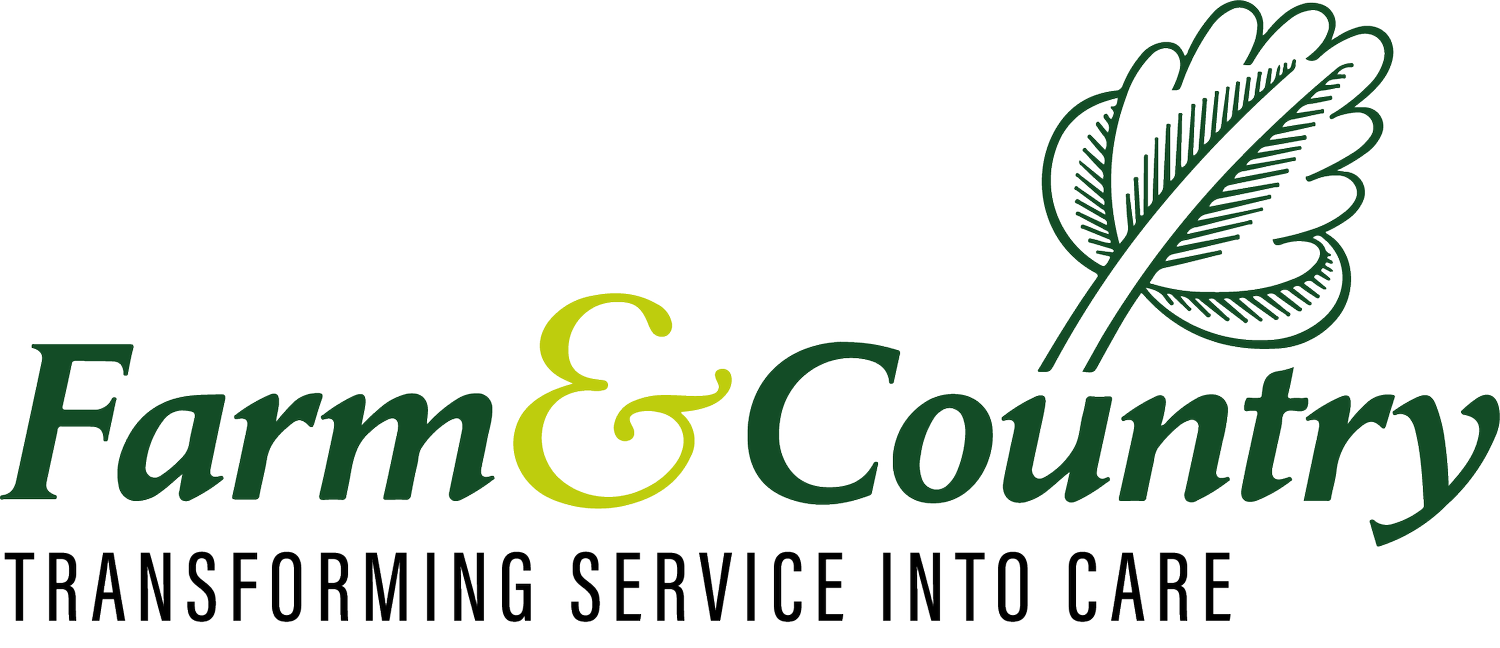Calving Considerations in Dairy Herds
The early part of the year is when many cattle herds will go through the calving process. There are many issues to consider during this time, and afterwards, and having an understanding of their effect on your herd can make all the difference to the outcome.
Breeding your herd involves time, expense and effort - for example, cows have increased nutritional needs during pregnancy. If a calf does not survive due to poor health/birth difficulties/poor environmental conditions, if you have beef cattle, then that cow's yearly productivity has been lost. A dairy cow can still produce milk, however her breeding future may be compromised. Careful planning can benefit the process at all stages, and it is worth considering all potential outcomes.
Calving problems
Pregnancy and birth are processes that carry risks for your cows. There are issues affecting the cow, and the calf, and these can significantly change the expected outcome.
Cows can be affected by poor body condition pre/during pregnancy, disease picked up pre-calving, age, and anatomical problems (such as pelvic deformity). The latter particularly can result in a difficult birth process. The calf may have a deformity, high weight at birth, or present abnormally.
Although an abnormal presentation is uncommon, it can greatly increase the intervention needed. Calves can be breech, have one/both legs folded back, have their head turned towards their flank, and also twins can enter the birth canal together. Unfortunately, some calves are stillborn, and cows can die due to birth complications.
Cows that survive difficult births can develop ongoing problems that can affect their fertility/breeding potential in the future. Cows that appear slow/reluctant to give birth may be affected by a lack of space, or are too hot - environmental effects that are not just related to hygiene. Calves that have a difficult birth can be injured in the process, with the potential for infection/poor prognosis.
Prevention of difficulties
Although some problems are unavoidable, you can help your herd by considering several aspects. Cows that are very fat or thin are more likely to have issues, so it is worth monitoring your cows' body condition score pre-pregnancy, and consider whether they are suitable for breeding in this season. Due to the potential effect of disease during pregnancy, make sure that your herd's vaccinations are up to date.
Genetics are very much involved in breeding suitability - selecting a bull that has a track record of producing females that calve easily is a significant positive step. And, by keeping comprehensive records of births/issues, you can plan for increased future breeding efficiency in your herd. Genetics also play a part in the milk yield of an individual.
By planning ahead, you can make sure that you have the necessary equipment available, and that the housing/environment is suitable and clean/dry. Stringent hygiene is vital for staff also, when assisting, so having functioning washing facilities on-site can only be a good thing.
Should you need to intervene, make sure that sufficient lubrication is used, and any ropes/straps are attached safely. As the placenta should be passed within 24 hours after calving, this needs monitoring in case it is retained - this can result in infection, and potential breeding issues in the future.
Calves need to have colostrum straight after birth in order to gain passive immunity, as well as nutrients - it is important to monitor calves closely during the immediate post-birth period in order to ensure that they are suckling effectively. Not only do they miss out on their mother's transferred immunity, but they will also get dehydrated if they don't; you may need to intervene, and bottle-feed the calf.
However, in the dairy industry, it is common practice to remove the calf from its mother within 24 hours anyway. This can reduce separation anxiety and therefore the adverse effects of stress on immunity, and also facilitates the milk collection from the mother.
Block calving
There are two options for calving systems/plans. Some farms have their herd calving all year round, however, a block system can work for many farm businesses, and often involves a spring calving period (although some may choose autumn).
This is a system by which farms plan for their cows to calve during a 12-week period. By doing so, the cows achieve maximum milk output and get ready for the next breeding season at a similar time. It also has benefits in terms of labour and cost - knowing when to have the right number of staff available for the actual calving process, as well as heat detection/AI, means that you can maximise the efficiency of your system.
However, it is important to consider how this type of system will fit into your existing obligations. For example, it will have an impact on when you are able to provide milk for your buyer.
Although labour efficiency can be seen as a considerable benefit of this intensive system, you need to be able to provide the extra staff/labour - consider if you can cover this level of staff needed.
There are also potential issues in terms of the space/building capacity needed if the majority of your herd calve very close together. Cows and calves will need appropriate living space, whether kept together or not - if you were to choose a staggered approach, less actual specialised accommodation would be needed. If the majority of your herd is being housed together, then there will be extra slurry to deal with/store.
Your herd's diet is adapted according to the part of the process they're going through - extra/different types of feed is going to be needed for all the herd, so there are considerations of storage capacity and availability.
As well as all of these infrastructure issues, your herd's fertility will affect the success of this system, that is, knowing that your cows are very likely to get pregnant at the same time.






